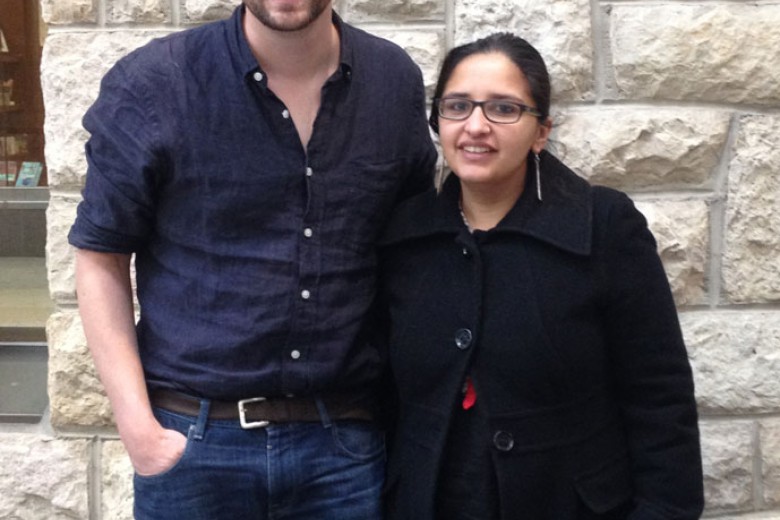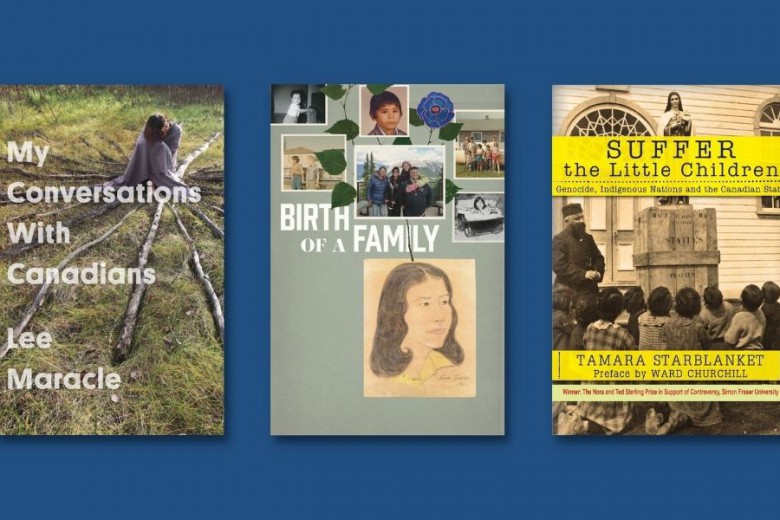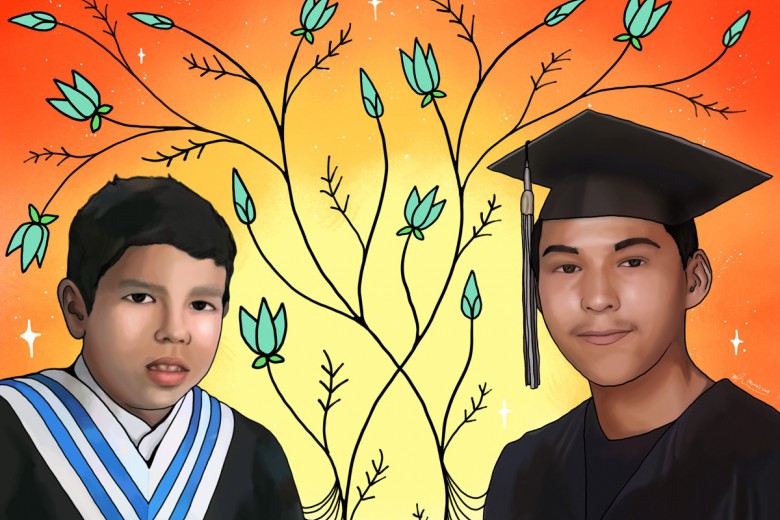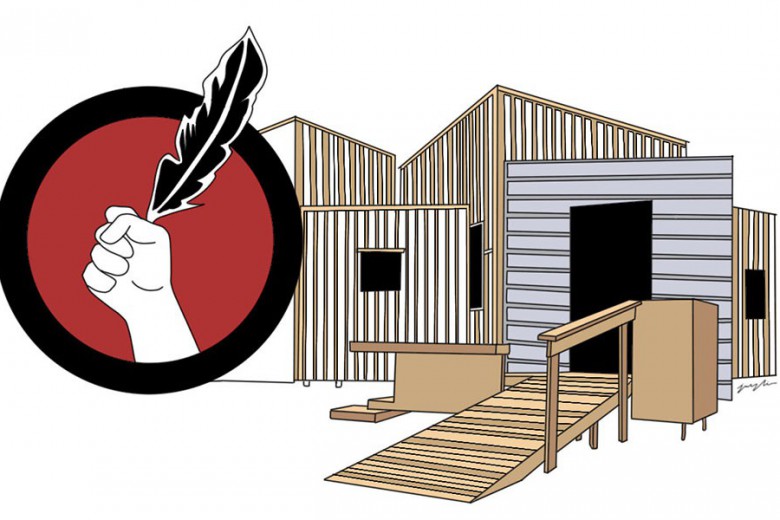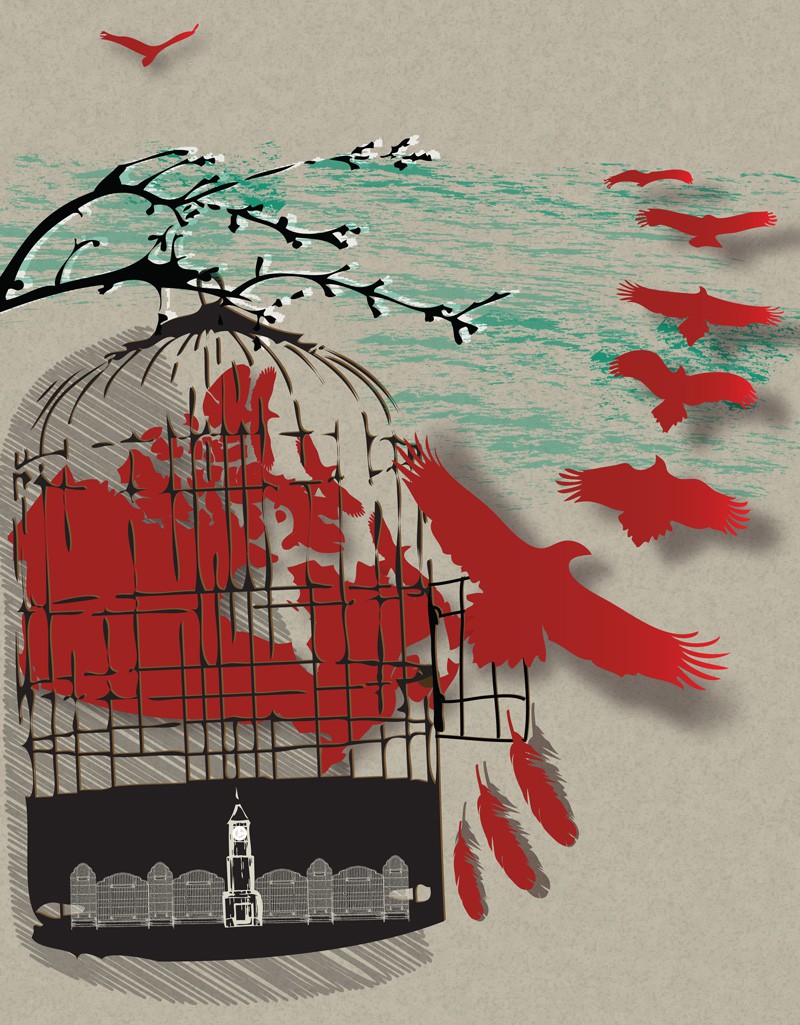
It wasn’t until 1996 that Canada’s last residential school was shuttered on the Gordon First Nation reserve 100 kilometres north of Regina, marking the end of one of the most sordid chapters in Canada’s colonial history. While the objectives of the Residential School System — the eradication of languages and destruction of culture, dissolution of family and community ties, and ultimately the removal of Indigenous people as barriers to settlement and resource extraction on their traditional territories — are now pursued through subtler means, the colonial project in Canada is far from complete.
There are presently three times the number of Indigenous children in state care than at the height of the Residential School System, with Aboriginal children over 12 times more likely to wind up in the child welfare system than their non-Native counterparts. In Saskatchewan, they comprise a staggering 67 per cent of all children in foster care. As Angela Sterritt writes in “Reconciliation on Trial,” their experiences of cultural dislocation and abuse bear stark resemblance to those of residential school survivors.
Andrea Bear Nicholas’ “Linguicide,” describes how integrated education has scarcely emancipated First Nations children from the residential school legacy, and has been equally effective in eradicating Indigenous languages in pursuit of a broader agenda of assimilation.
State violence and institutionalization are by no means limited to Indigenous children. Between 70 and 80 per cent of those imprisoned in the Prairies’ correctional facilities are Aboriginal, though they represent less than 15 per cent of the population. As Gillian Balfour explains in “Criminal (In)justice,” Indigenous women have been subject to particular criminalization. Their incarceration exists on a continuum of violence that perhaps finds its clearest expression in B.C.‘s Highway of Tears. It includes suffering rates of violent crime that are 319 times higher than for Canada’s non-Native population.
Efforts to extinguish Aboriginal rights and title continue to be reinvented, alongside increasingly intensive resource exploitation by Canadian industry in Indigenous territory. Just as Canada has ramped up its imperial adventures across the globe — be it counterinsurgency in Afghanistan, coups in Haiti and Honduras, or capital investment by Canadian mining and energy corporations throughout Latin America — we are also witnessing a renewed push to extend the frontiers of capitalist expansion ever deeper into Indigenous lands here at home. While more than 800 land claims remain outstanding before the federal government, the facts on the ground continue to be established in the form of highways, hydro projects and housing developments.
The colonial project persists in Canada because it has never fully succeeded. As Gord Hill illustrates in the following pages, this history is as much a story of defiance as it is of domination. Campaigns to encroach on the land and sovereignty of Indigenous peoples have been, and continue to be, contested at every step. From Oka to Gustafsen Lake, from Caledonia, Cornwall and Sutikalh to Fish Lake and Grassy Narrows, efforts to further penetrate Indigenous territories over the past two decades have been met by an upsurge in resistance and sustained struggles by First Nations peoples. These sites of contestation are a clear reminder that despite the power imbalance, the success of the colonizer is never assured. These names resonate precisely because of the victories that they represent, against clear-cuts, pit mines, border guards, subdivisions and ski hills.
This issue of Briarpatch explores the continuing story of colonization in Canada. It is my hope that the articles collected here will serve us, Native and non-Native alike, in situating ourselves in this ongoing narrative as we collectively give shape to a different story, that of decolonization and the unsettling of Canada.


